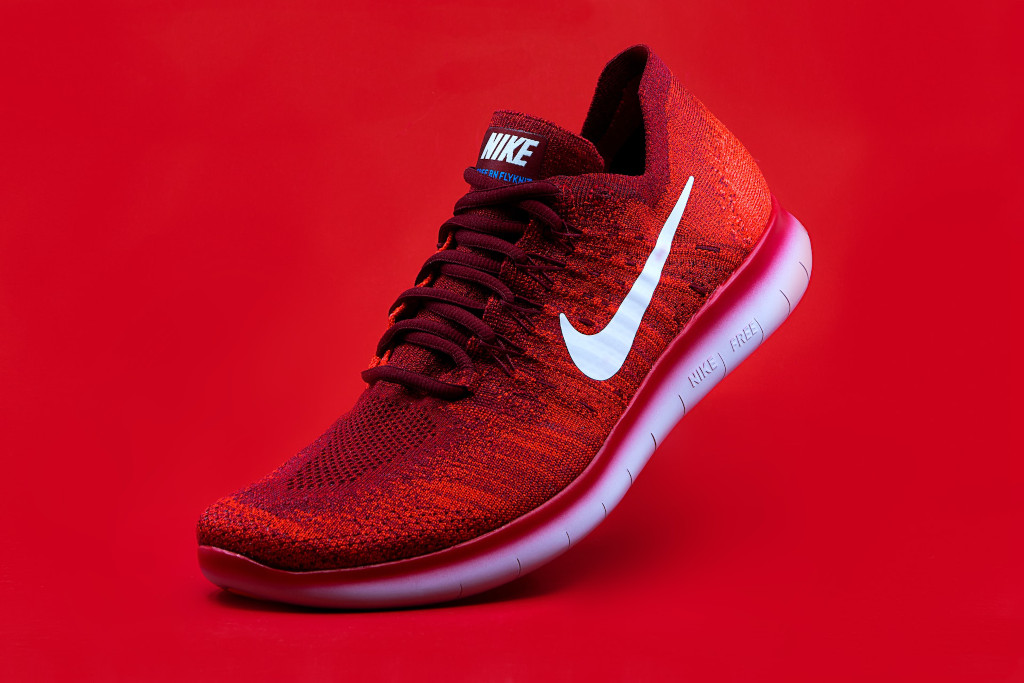The history of Nike is one of progressive achievements. The company has become a market leader in the athletic footwear and clothing sector as a result of its dedication to producing superior products for athletes. Nike is poised for long-term success thanks to the company’s dedication to social and environmental responsibility. It’s not easy to maintain a successful business for decades, but Nike has done it with innovative marketing and a steady stream of new products and services. In this piece, I examine the partnerships that have helped keep Nike’s products relevant and popular with fans.
Nike’s Rich Past
Nike is a worldwide icon of sporting apparel and footwear. Phil Knight and Bill Bowerman started the firm in 1964, and since then, it has grown to become a global leader in the production of athletic footwear and gear.
Nike was founded by Phil Knight, then a student at the University of Oregon in the ’50s. He was a runner at the time, thus athletic footwear was of particular importance to him. While getting his master’s degree in business administration at Stanford, Knight researched the possibility of selling Japanese running shoes in the United States.
In 1964, Knight decided to take action on his ideas and visited Japan to speak with shoe producers there. He negotiated with the Onitsuka Company, later renamed ASICS, and won the right to sell their footwear in America. Together with his former track coach Bill Bowerman, Knight founded Blue Ribbon Sports, which would eventually become Nike.
In the beginning, when Knight and Bowerman were just starting out, they had to sell their shoes from the trunks of their automobiles and at local track meetings. By 1971, however, Blue Ribbon Sports’ dedication to producing high-quality footwear for sportsmen had paid off, and the company was bringing in more than $1 million annually. The corporation changed its name to honour the Greek goddess of triumph in 1971. That same year also saw the debut of Nike’s first shoe, the Waffle Trainer. The sole of the shoe was redesigned with a waffle-like pattern in the rubber to improve runners’ grip.
Throughout the 1970s and 1980s, Nike consistently introduced groundbreaking new products and advertising campaigns. In 1979, Nike changed the face of the running shoe industry with the introduction of the Air cushioning system. After its initial release in 1987, the Air Max shoe quickly gained widespread acclaim and continues to enjoy widespread popularity today.
Nike has always been at the forefront of the industry when it comes to both product innovation and promotion. One of the most famous advertising slogans of all time, Nike’s “Just Do It” was first used in 1988. Nike was also an early adopter of using athletes as brand ambassadors; early endorsees included Michael Jordan, Tiger Woods, and Serena Williams.
Nike is now a $40 billion business that sells over the world. More than 70,000 people are employed by the corporation on a global scale, and its products are sold in more than 190 countries. Nike is committed to product innovation, and the company’s shoes and apparel continue to evolve to meet the changing needs of players at every level.
Nike has recently put an emphasis on environmental and social responsibility. The business has pledged to lessen its impact on the environment and has begun taking steps towards a more sustainable supply chain. Nike has also taken the lead in advancing the cause of diversity and inclusion by taking steps to broaden its employee base and advance the cause of gender and racial parity.
Air Jordan Nikes
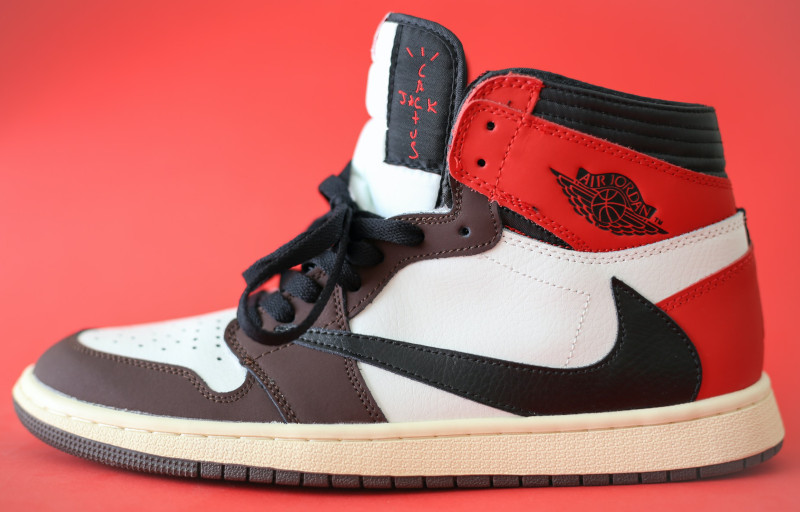
There has to be a mention of Air Jordan to kick off this segment. Nike sought to broaden its presence in the basketball shoe market in the mid-1980s. Several famous athletes, including Michael Jordan, had already signed endorsement deals with the company, but they wanted to increase sales of their basketball shoes. The solution was a partnership with Jordan that would eventually produce the Air Jordan brand of footwear.
Nike designer Peter Moore was so impressed with Jordan’s skills and charisma that he came up with the concept for the Air Jordan shoe. In 1985, Nike released the original Air Jordan sneaker, which quickly became a craze. The shoe was unlike anything else on the market due to its high top design and striking red and black colour palette.
Nike’s Promotion of the Air Jordan Shoe Was a Stroke of Marketing Genius
The firm recognised Jordan’s celebrity power in the NBA and leveraged his likeness in unprecedented ways to market the shoe. Nike aired a series of commercials featuring Jordan in which he was shown to have superhuman abilities, such as the capacity to do incredible vertical leaps. Basketball fans all over paid attention to the commercials, and the Air Jordan brand became more widely recognised as a result.
Nike’s marketing strategy relied heavily on the limited availability of the Air Jordan sneakers. The corporation manufactured fewer pairs of shoes than were needed to meet demand, therefore increasing the shoes’ perceived value due to their rarity. As a result of this technique, whenever a new Air Jordan release was announced, there would be enormous queues and frantic crowds outside of stores.
The Nike and Jordan partnership was a smashing success, further solidifying Nike’s status as the industry leader in sports footwear. Since then, millions of pairs of sneakers from the Air Jordan line have been sold annually, making it one of the most successful shoe companies in the world.
The Air Jordan partnership has influenced popular culture in ways that go beyond its financial success. In the African-American culture, the shoes quickly became a symbol of social rank and fashion. Numerous songs and movies have made allusions to the Air Jordan brand because of its popularity in hip-hop.
The choice to team up with Nike to produce Air Jordan was a masterstroke of business strategy that has left an indelible influence on both the sports shoe industry and the wider culture. The marketing campaigns that made Jordan’s name and the Air Jordan shoe line famous included using Jordan’s likeness and releasing the shoes in small quantities. The fruition of the partnership is a proof of the value of collaboration and the significance of originality in the economic world.
Tiffany & Co. by Nike
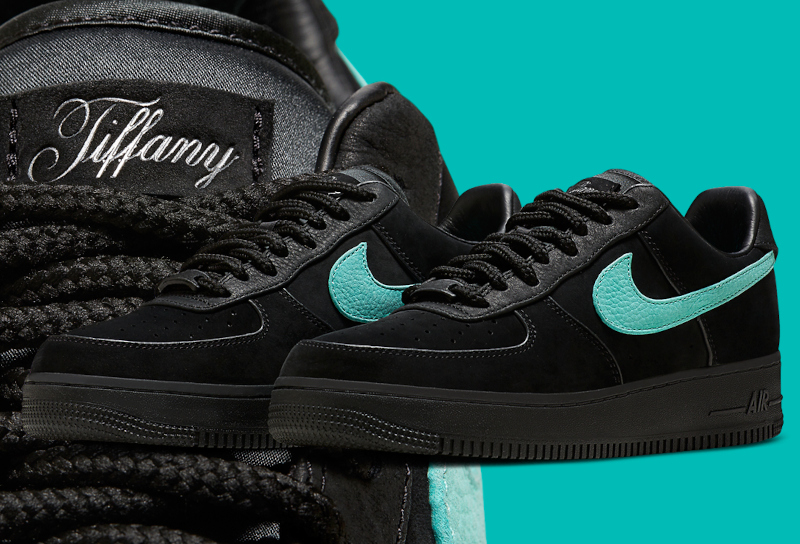
Nike and Tiffany & Co. are teaming up, according to a 2021 press release. Nike is recognised for its sporty and athletic image, while Tiffany is known for its high-end jewellery and luxury, thus the two companies working together was an unexpected pairing.
A special edition Nike Air Max 1 was produced as a result of the partnership; it was predominantly white with silver and blue Tiffany embellishments. In addition to the sneakers themselves, the limited-edition packaging featured the Nike and Tiffany emblems.
The collaboration’s advertising campaign targeted both the sneaker and luxury markets. Nike used its massive online following to advertise the sneakers to sneakerheads, while Tiffany promoted them on its own social media as a premium item.
Celebrity endorsements and collaborations with influential people were also used to spread the word. The collaboration’s popularity and sales surged after athletes and celebrities like Serena Williams and Bella Hadid were photographed wearing the sneakers on social media.
The partnership allowed Tiffany to connect with a younger and more diverse customer base. By teaming up with Nike, the company tapped into the massively popular sneaker subculture among today’s youngsters.
The partnership allowed Nike to give its products an air of exclusivity and refinement. Sneakerheads’ perception of the brand was elevated thanks to the limited-edition release of the sneakers, which stoked their sense of exclusivity and anticipation.
Nike and Tiffany’s partnership proved fruitful for both companies. Both brands benefited from the publicity surrounding the rapid sell-out of the limited edition Nike Air Max 1. This collaboration demonstrated the effectiveness of unlikely alliances and the opportunity for businesses to reach new consumers by working together.
Off-White x Nike
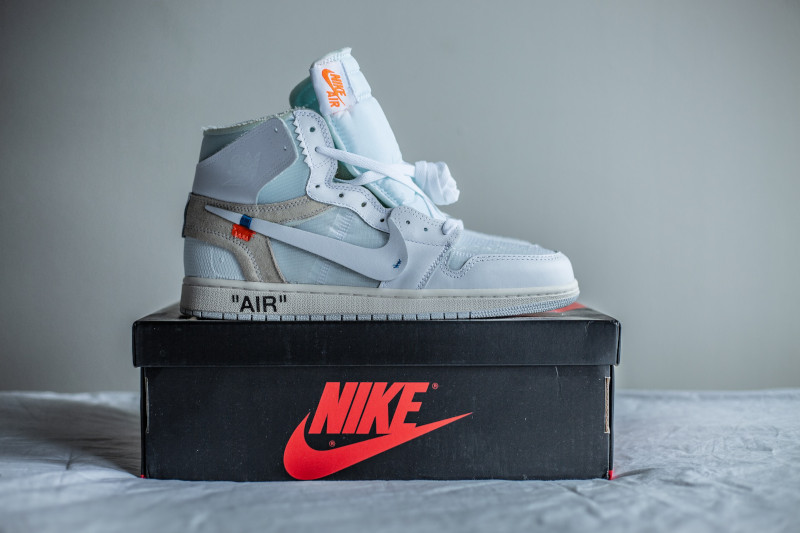
One of the most talked-about partnerships in recent memory was the 2017 Nike and Off-White collaboration. The collaboration yielded a run of highly sought-after limited edition footwear and gear.
The Nike x Off-White project demonstrated the potential of fusing the two industries. Virgil Abloh, the creative force of Off-White, is famous for his urban clothing.
styles that successfully merge high fashion with the ethos of the city. Nike was able to benefit from Abloh’s distinctive style while also exhibiting its own design prowess thanks to the partnership.
The Nike Air Jordan 1 was the first sneaker to integrate Off-White’s trademark industrial design elements including zip ties and text graphics as part of the collaboration. Sneakerheads and fashionistas alike flocked to purchase the shoes after their limited release.
The partnership’s promotional efforts focused on building anticipation through a sense of scarcity. By releasing the products in small quantities and only at a few stores, Nike and Off-White successfully cultivated a climate of scarcity. Both Nike and Off-White used social media to raise interest before the release by publishing teasers and photographs of the products.
Both Nike and Off-White saw tremendous success from the partnership. The partnership boosted Nike’s reputation and popularity among a younger, more fashion-forward demographic. Nike was able to increase demand for their items by using limited edition releases to foster an air of rarity and desirability.
The partnership with Nike increased the visibility and popularity of Off-White. The collaboration also provided the company with an opportunity to introduce its own design sensibilities to consumers around the world.
The Nike Air Presto
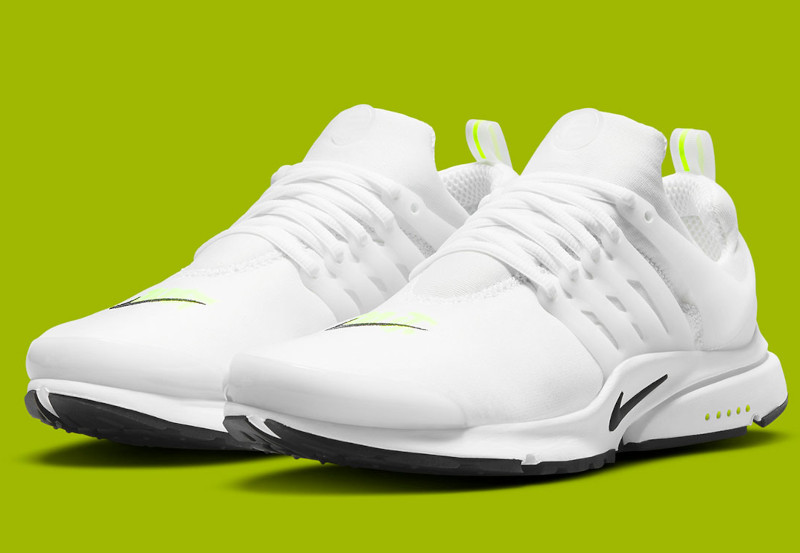
The Nike Air Presto and Nike Air Vapormax were just two of the limited-edition shoe and apparel drops from the ongoing collaboration between Nike and Off-White. Fans would wait in queue for hours to get their hands on the limited edition merchandise, and this pattern repeated itself with each new release.
In conclusion, Nike’s and Off-White’s alliance was a win-win that promoted both companies’ design prowess and expanded their customer bases. There was a lot of buzz and enthusiasm about the cooperation thanks to the limited edition releases and the marketing strategy that focused on building up anticipation for the products. Overall, Nike’s partnership with Off-White proved the effectiveness of fusing the worlds of fashion and sportswear, and illustrated how unlikely alliances can boost a company’s visibility.
